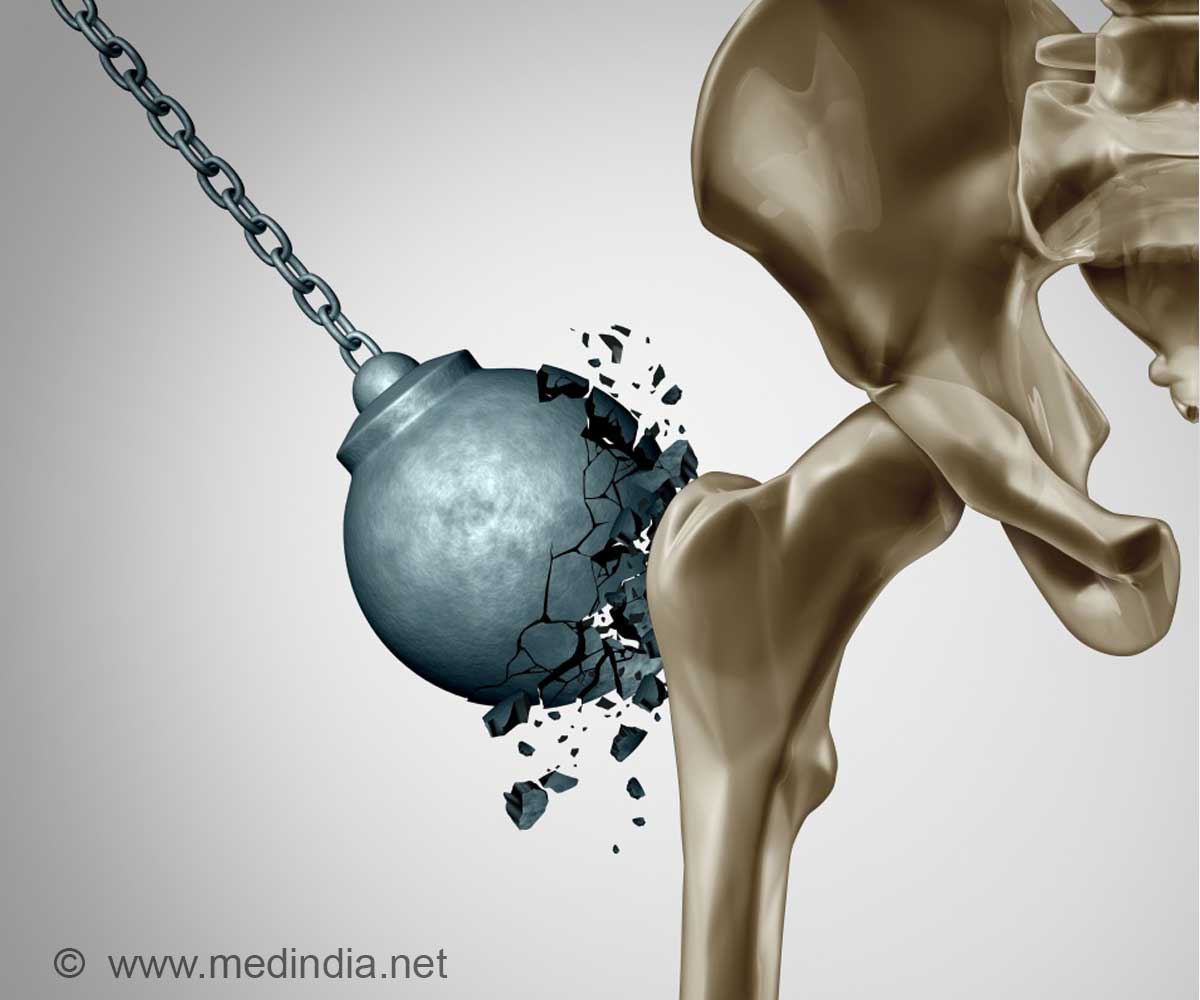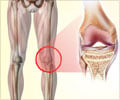Are bisphosphonates recommended for osteoporosis? Yes, bisphosphonates can be used initially to treat osteoporosis in males and postmenopausal females.

‘Bisphosphonates as the initial treatment reduces the risk of fractures in males and postmenopausal females diagnosed with primary osteoporosis.’





How Serious is Osteoporosis?
Osteoporosis is a systemic skeletal disease characterized by decreasing bone mass and deterioration of bone tissue that leads to an increased risk for bone fragility and fracture, especially in the hip, spine, and wrist.Overall, an estimated 10.2 million people aged 50 and older in the United States have osteoporosis and about 43.3 million people (> 40% of older US adults) have low bone mass associated with a high risk of progression to osteoporosis.
The guideline examines new evidence that has emerged on the efficacy of human parathyroid hormone-related peptides, sclerostin inhibitors, the comparative effectiveness of treatments, and treatments in males.
Osteoporosis Treatment: Medications Can Help
In postmenopausal females and males with primary osteoporosis, bisphosphonates had the most favorable balance between benefits, harms, patient values and preferences, and cost among the drug classes that were evaluated.In addition to net clinical benefits, bisphosphonates are much cheaper than other pharmacologic treatments and are available in generic oral and injectable formulations.
Advertisement
Therefore, clinicians should consider stopping bisphosphonates after five years of treatment unless there is a strong indication to continue treatment.
Advertisement
ACP suggests that clinicians use the sclerostin inhibitor (romosozumab) or recombinant PTH (teriparatide), followed by a bisphosphonate, to reduce the risk of fractures only in females with primary osteoporosis with a very high risk of fracture.
The guideline is based on a systemic review and network meta-analysis conducted by the ACP Center for Evidence Reviews at the Portland Veteran Affairs Research Foundation.
ACP’s Clinical Guidelines Committee is planning to maintain this topic as a living guideline with literature surveillance and periodic updating of the systematic review and the clinical recommendations.
Source-Eurekalert















